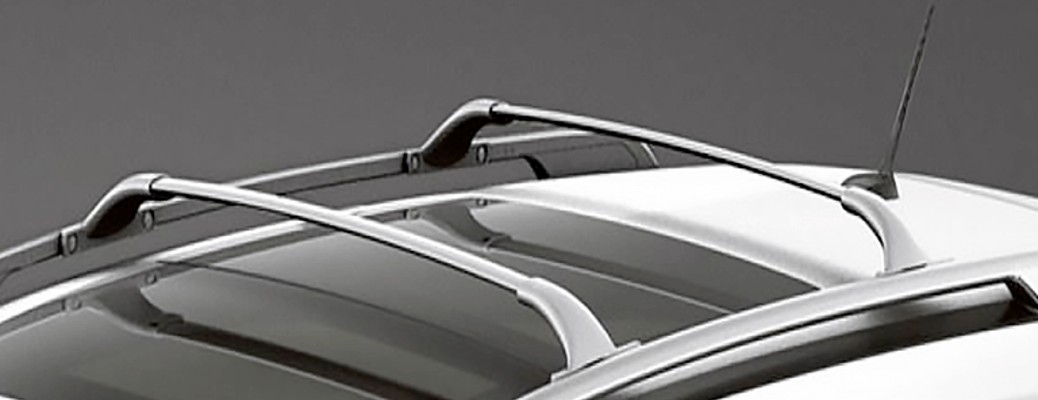Any time you turn on the TV, you’re bound to see a car commercial that talks about financing and leasing options. If you haven’t really explored different options before, they can be a little confusing. Basically, the difference has to do with the way of ownership. Financed vehicles have a lender that holds a lien but are eventually paid off, whereas leased cars are to be returned to the dealer with rent-like payments made throughout. Let’s explore the benefits of each option.
You might also be interested in: Benefits of driving an economy car
Benefits of financing your car
It can be called ‘financing,’ but really this is buying. When you finance a car, you take out a loan and make monthly payments until you have the car paid off. When that happens, you are done making payments. That is the biggest advantage of financing/buying. You don’t have to worry about mileage restrictions or certain upkeep. Financed car payments are usually more than lease payments, but the payments eventually stop.
You might also like: 3 ways to save money on car insurance
Benefits of leasing your car
The idea of leasing a car is an appealing one. You can change cars at almost any time and you can always get the most up-to-date features. Monthly lease payments are typically smaller than loan payments, but many leased cars come with mileage restrictions. Also, since leased cars will eventually be returned to the dealer, they come with more stress pertaining to maintenance. However, warranties usually last the length of the lease and often times cover all maintenance costs. 
Like anything in life, there are pros and cons to both options. Financing is the more common way to go, but many of those who lease their vehicles will strongly recommend it. Come down to Matt Castrucci Nissan to discuss more specifics about leasing and financing.





